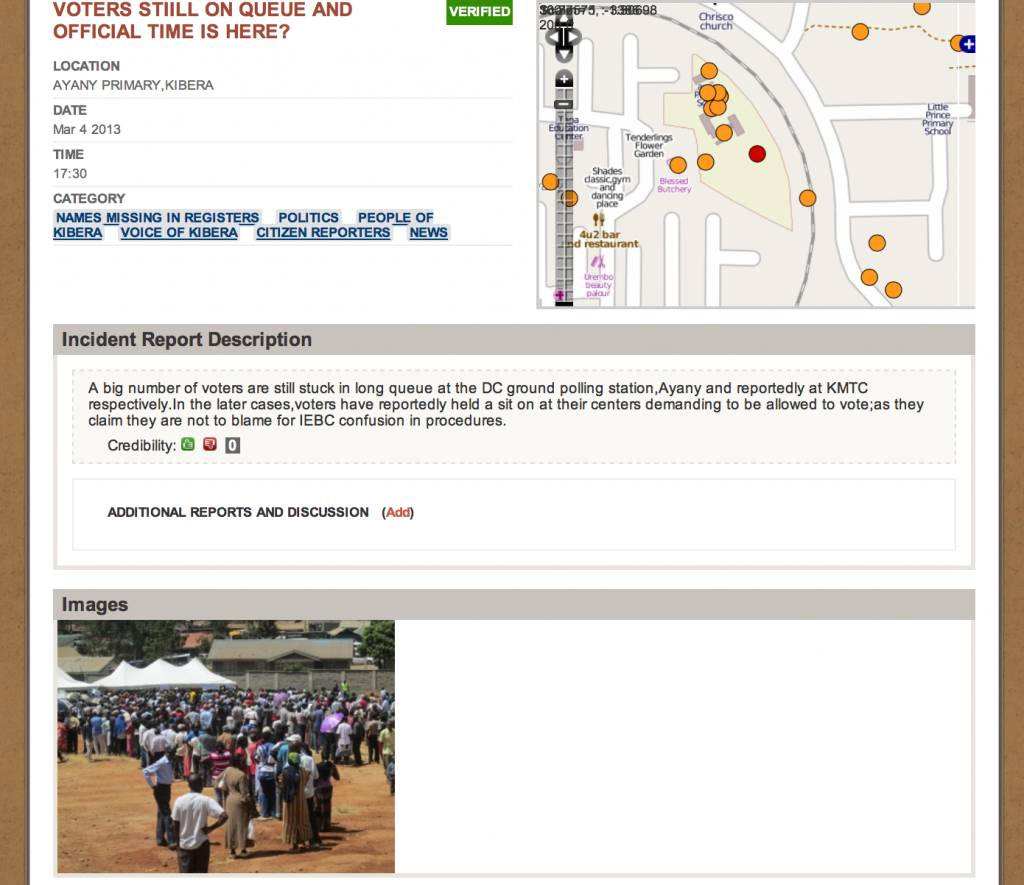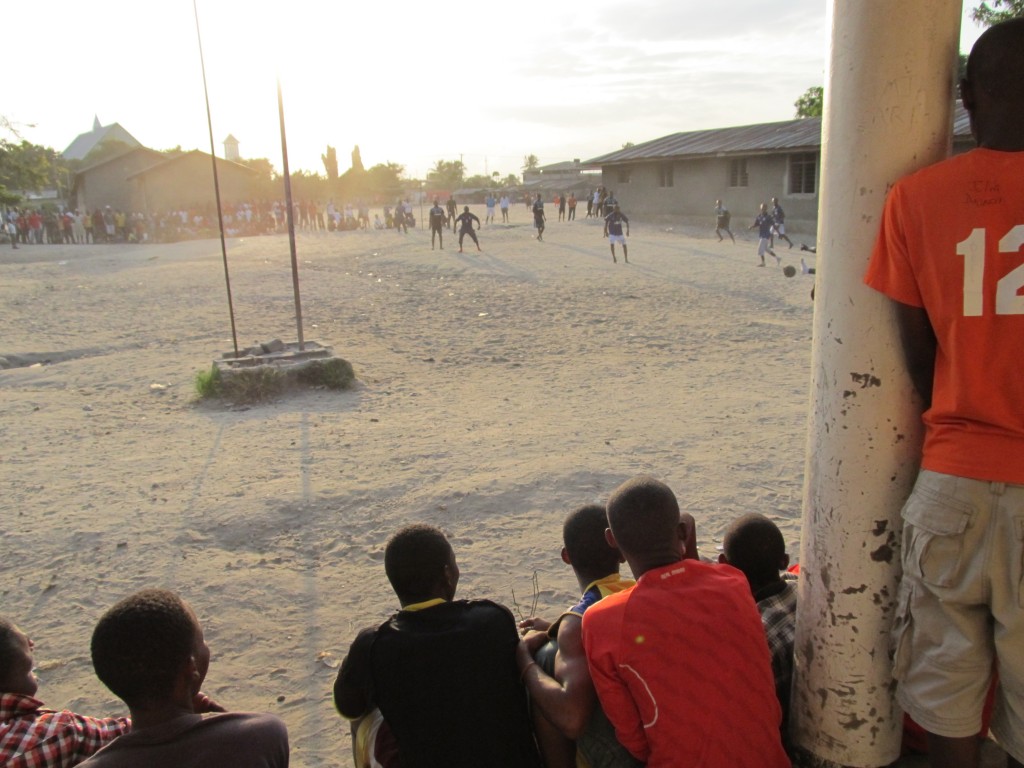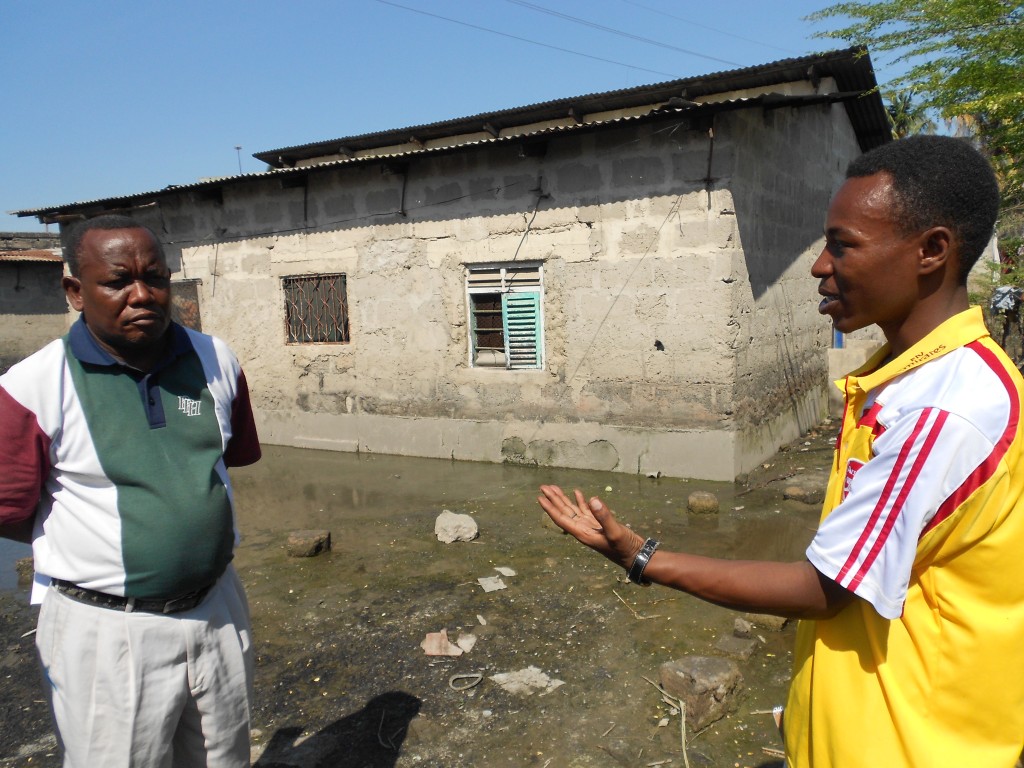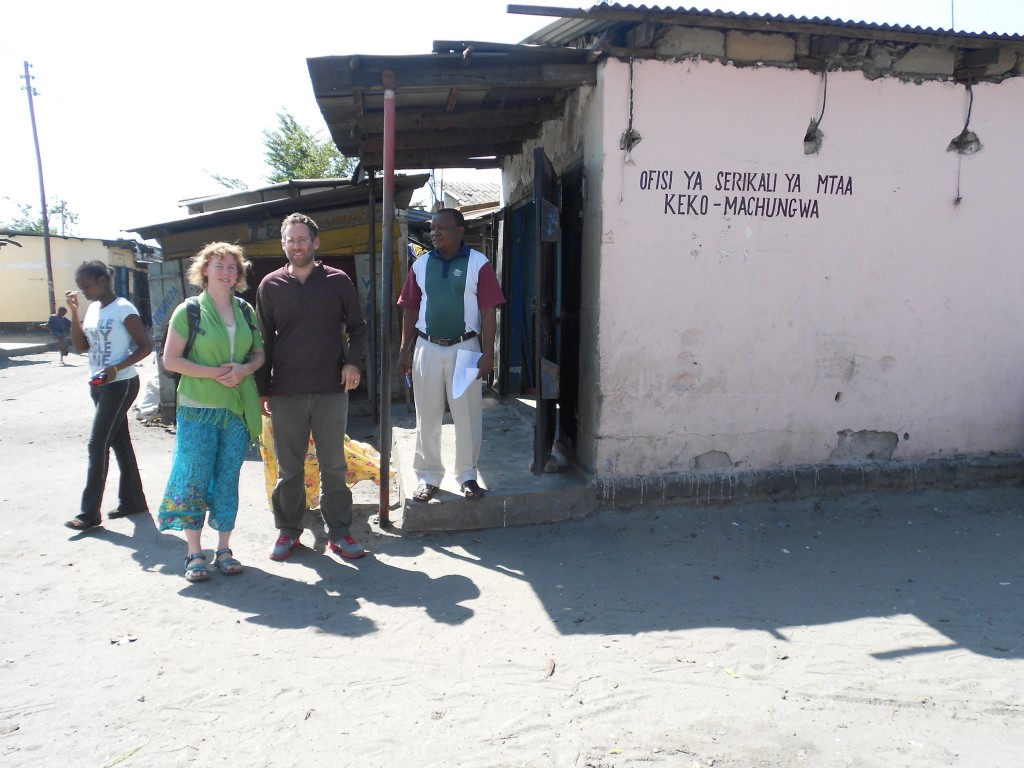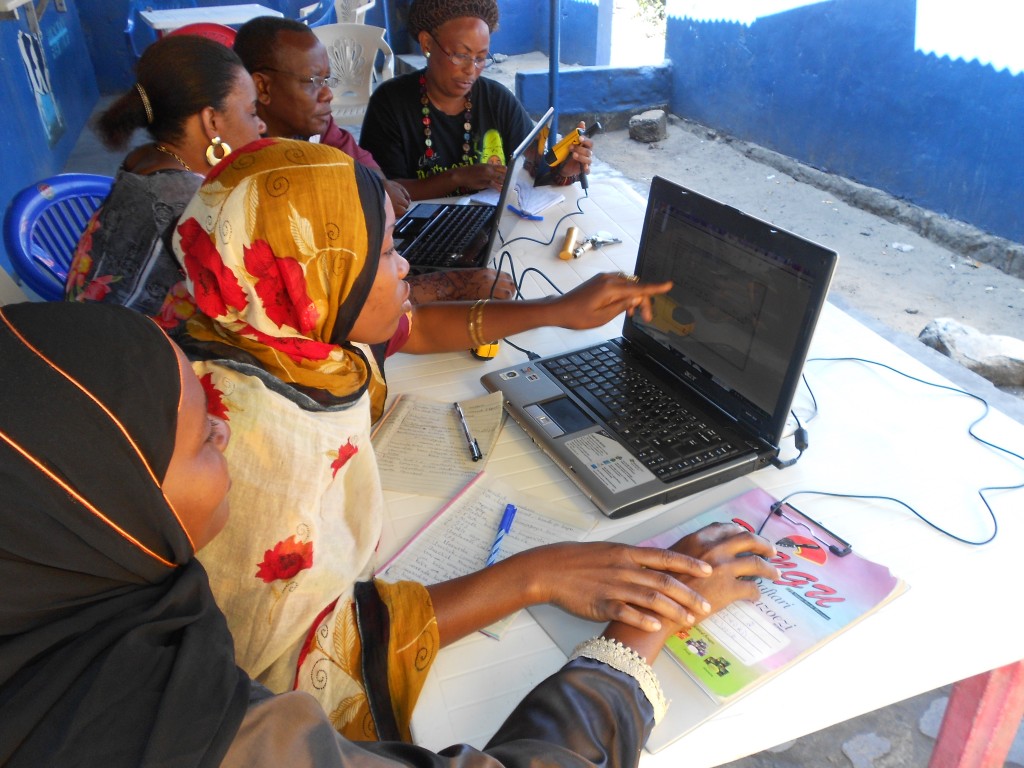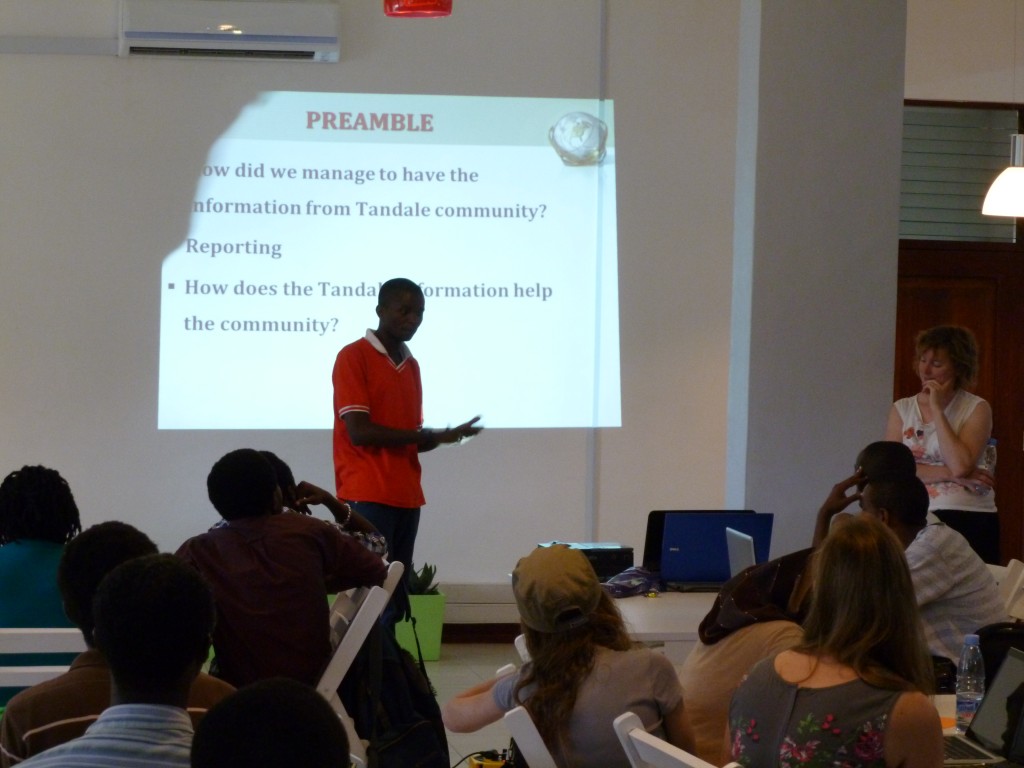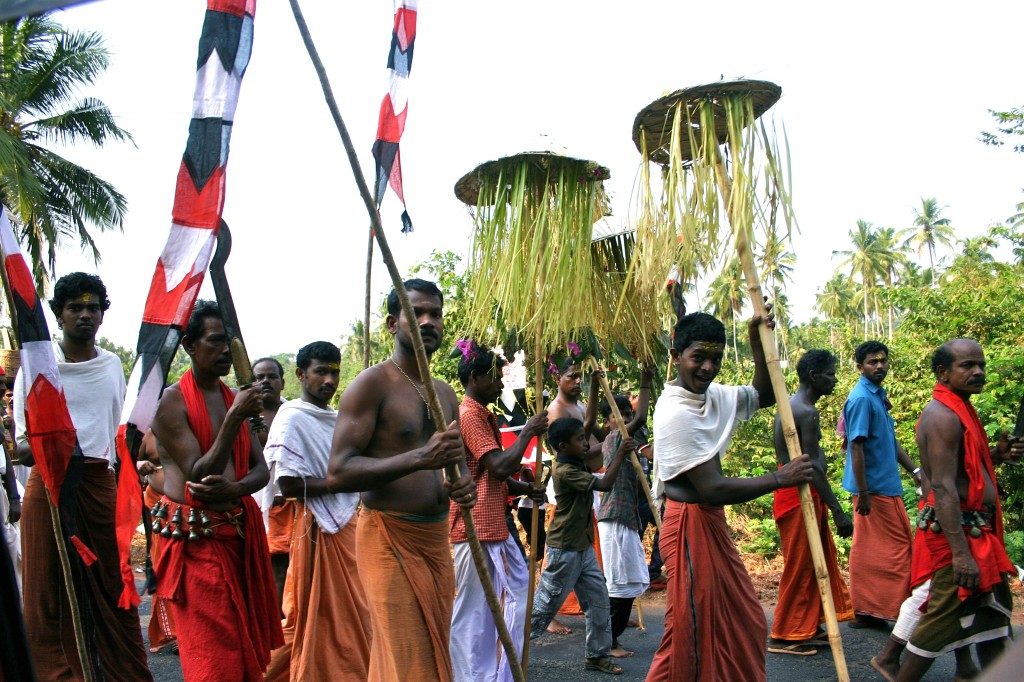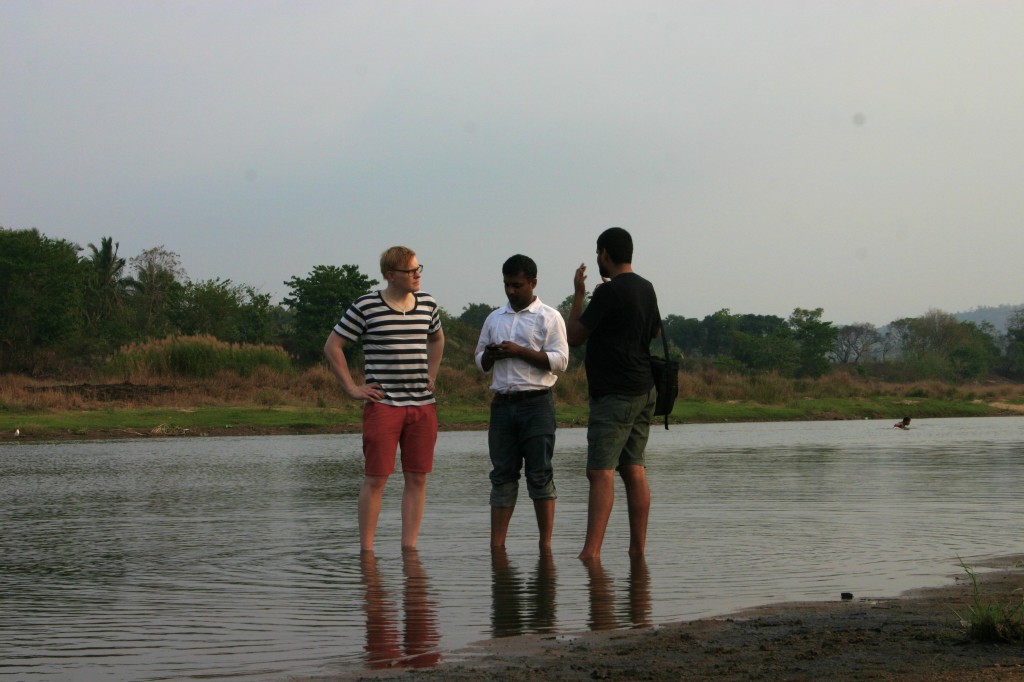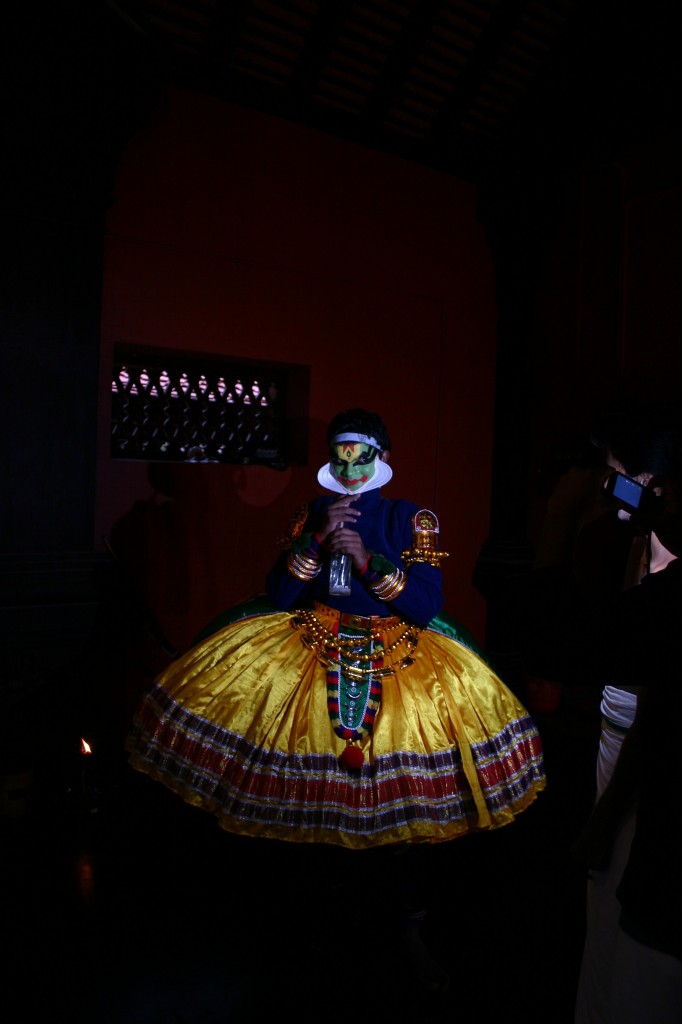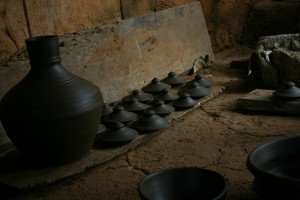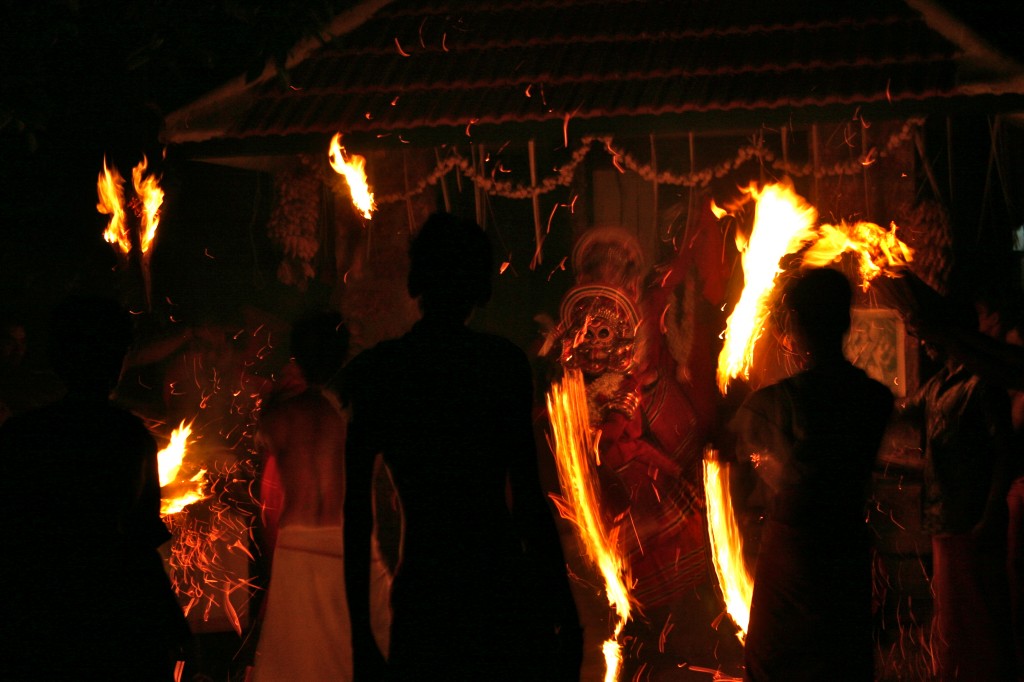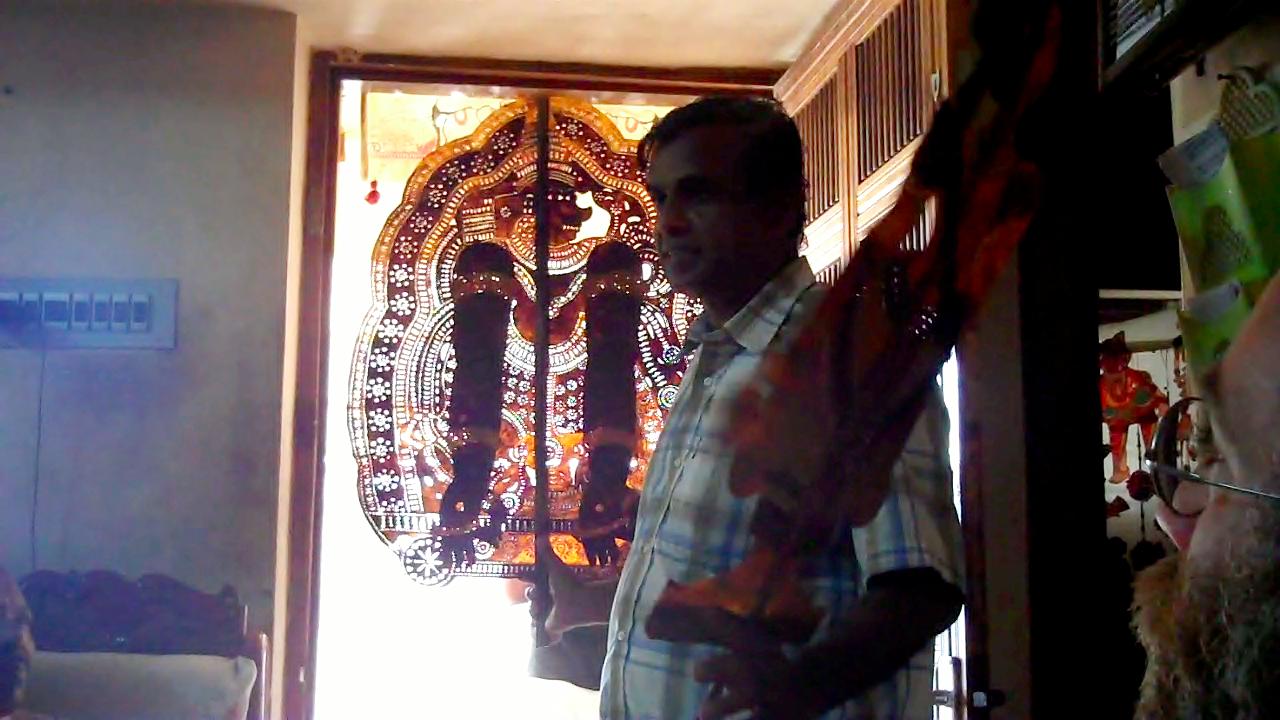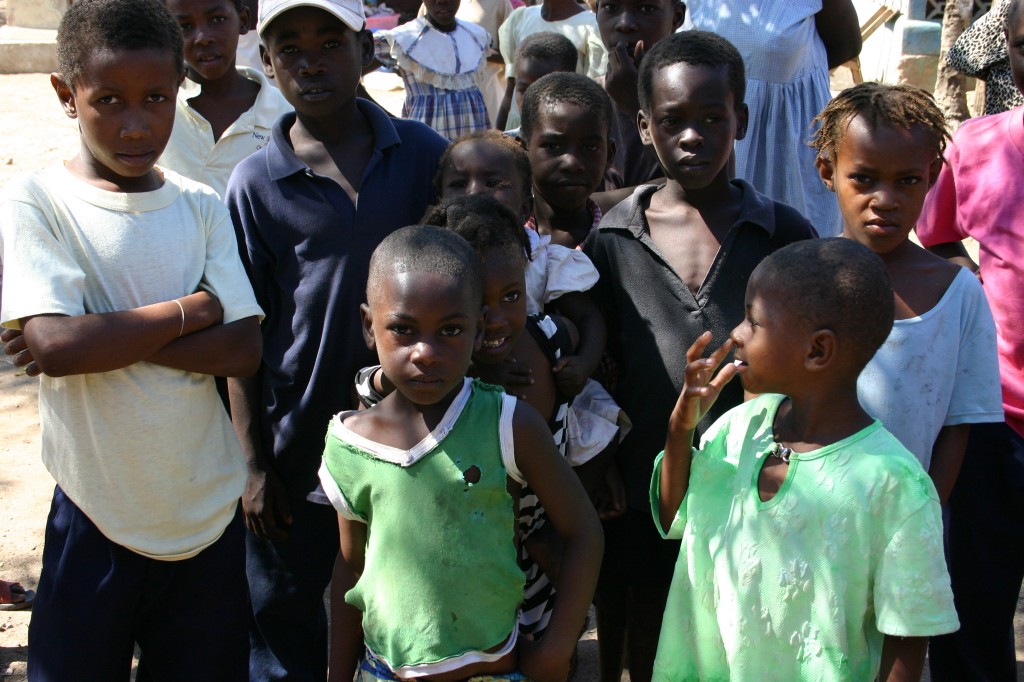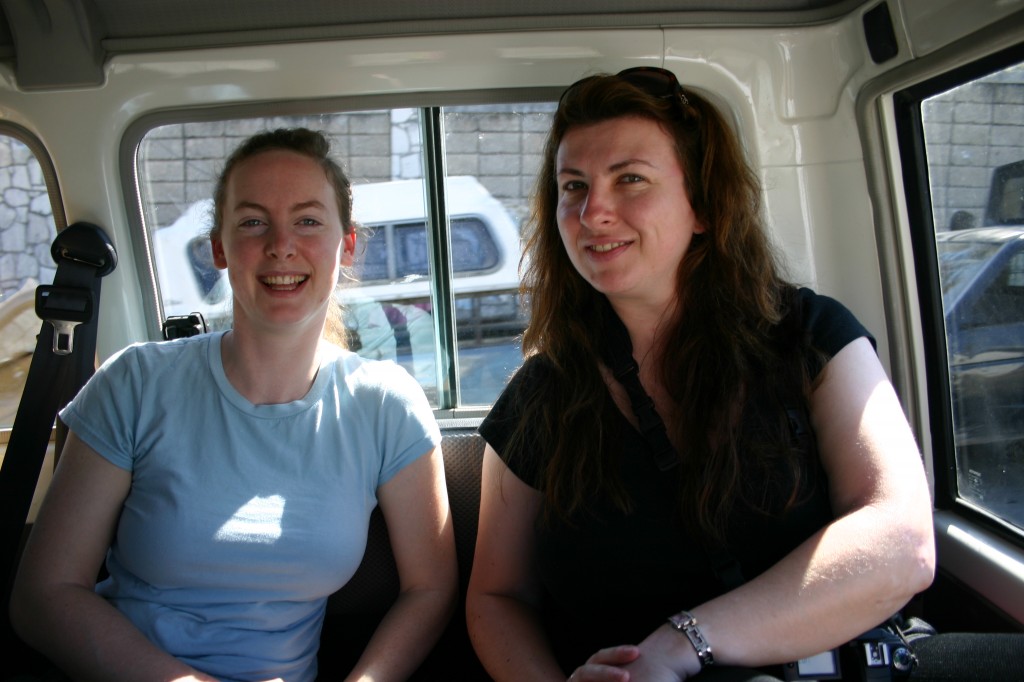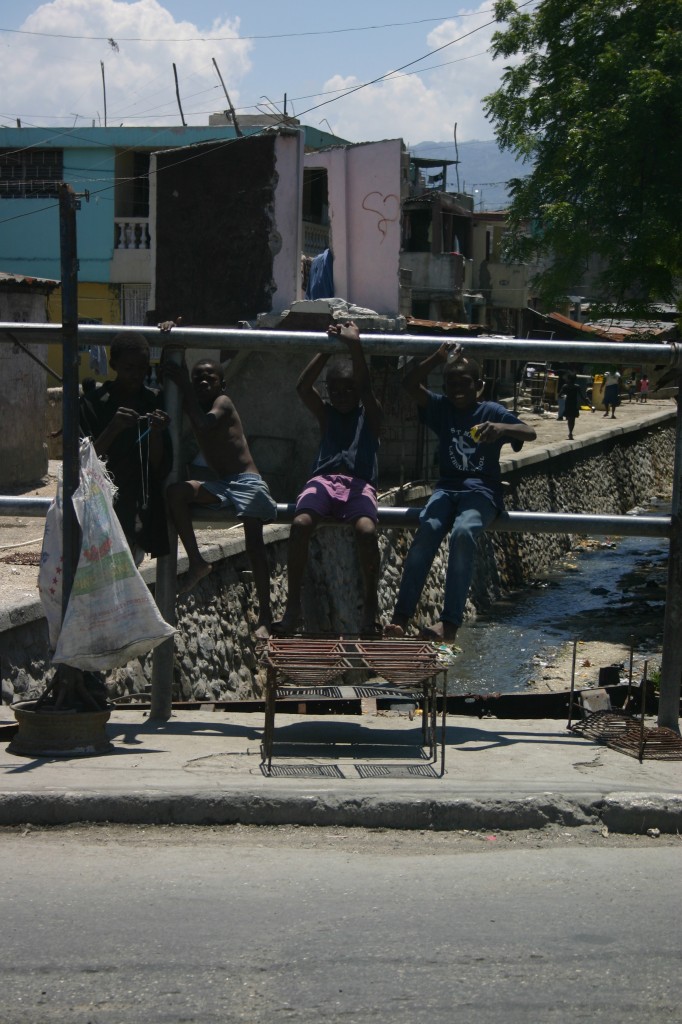- A kaland és izgalom keresésében a bet match új dimenziókat nyit meg.
- A bet match jelentősége
- A közösségi élmény
- Az élő kaszinók szerepe
- Fogadási lehetőségek és stratégiák
- Stratégiai megközelítések
- Játékosok közötti összefogás
- Versenyek szervezése
- A jövő perspektívái
- Új játéklehetőségek
A kaland és izgalom keresésében a bet match új dimenziókat nyit meg.
A bet match egy új dimenziót nyit a szerencsejáték világában, ahol a játékosok találkozhatnak a kihívásokkal, izgalmakkal és a győzelem lehetőségével, mindezt egy interaktív környezetben. A kaszinók folyamatosan keresik az új módszereket, hogy vonzóbbá váljanak a játékosok számára, és a bet match koncepciója éppen ezt a célt szolgálja. Az online és hagyományos kaszinók egyaránt érdeklődnek a bet match lehetőséget körülvevő új élmények iránt, amely lehetőséget ad a játékosok számára, hogy még izgalmasabbá tegyék a szerencsejáték élményt.
A bet match lényege, hogy különböző fogadási formák és játéklehetőségek függvényében bővítheti a szórakozást. A játékosok nem csupán az általuk kedvelt játékokat próbálhatják ki, hanem olyan új formákat is, amelyeket mások ajánlanak. Az interakció, a közösségi élmények és a versenyek újszóltak a játék világában, ahol a játékosok nem csupán egyedül játszanak, hanem egy közös cél érdekében küzdenek.
Ezek az új lehetőségek egy olyan környezetet teremtenek, ahol a játékosok még aktívabban részt vehetnek a játékban. A bet match sikeressége a közönség elvárásaitól függ, és folyamatosan fejlődik, hogy megfeleljen a modern játékosok igényeinek. A keretek és lehetőségek bővülése garantálja, hogy a szórakozás ne érjen véget, és a kihívás mindig jelen legyen.
Az online kaszinószolgáltatók folyamatosan arra összpontosítanak, hogy a lehető legjobb élményt nyújtsák a fogadók számára. A bet match révén a játékosok nemcsak a szerencséjükre, hanem stratégiájukra és megértésükre is támaszkodhatnak, hogy maximalizálják esélyeiket a győzelemre. A bet match nemcsak a játék izgalmát növeli, hanem egy társadalmi élményt is biztosít, amelyben a versenyszellem és a baráti kapcsolatok egyaránt jelen vannak.
Ez az új megközelítés lehetővé teszi a játékosok számára, hogy közvetlenül kapcsolatba lépjenek egymással, és tapasztalataikat megosszák. A bet match keretei között a játékok és fogadások integrálva vannak, ami különösen figyelemfelkeltő a fiatalabb generációk számára, akik a technológiai újításokat is értékelik. Mindemellett a kaszinók is profitálhatnak a bet match koncepcióból, mivel ez növeli a részvételt és a játékosok elégedettségét.
A bet match jelentősége
A bet match koncepciója kiemelkedő szerepet játszik a modern kaszinók életében, mivel új lehetőségeket és kihívásokat kínál a játékosok számára. Az alábbiakban részletezzük a bet match életre hívásának legfontosabb előnyeit és hatásait a hagyományos és online játék világában.
Először is, a bet match segít a játékosok összekapcsolásában, lehetővé téve számukra, hogy tapasztalataikat megosszák és stratégiákat váltsanak. Ezenkívül a bet match olyan új játékformákat is népszerűsít, amelyek elősegítik a játékosok aktív részvételét.
| Interakció | A játékosok közötti közvetlen kapcsolat elősegítése. |
| Új élmények | Új játéklehetőségek felfedezése, amelyek fokozzák az izgalmat. |
| Stratégiai fejlődés | A játékosok képességeinek fejlesztése a jobb teljesítmény érdekében. |
A közösségi élmény
A bet match nem csupán egy játékforma, hanem egy közösségi élmény is, amely összehozza a játékosokat. Az online kaszinók sok esetben erre a közösségi élményre alapozva kínálnak eseményeket, versenyeket, ahol a játékosok nemcsak játékban, hanem társaságban is részt vehetnek. Ez különösen fontos, mivel a szórakozási igények folyamatosan változnak, és a fiatalabb generációk egyre inkább keresik az interaktív élményeket.
Az online versenyek során a játékosok az élő közvetítések révén figyelemmel kísérhetik mások játékát, ami fokozza a feszültséget és a szórakozást. A bet match lehetőséget ad arra, hogy a játékosok közvetlen visszajelzéseket és tippeket adjanak egymásnak, amellyel javíthatják a saját játékélményüket.
Az élő kaszinók szerepe
A bet match koncepciójához szorosan kapcsolódik az élő kaszinó fogalma is, ahol a játékosok valós időben játszhatnak együtt igazi krupiékkal. Az élő kaszinók nyújtotta interaktív élmény teljessé teszi a bet match szórakoztatását, hiszen a játékosok az otthonuk kényelméből élvezhetik a kaszinó izgalmait. Az élő kaszinók általában számos különböző játékot kínálnak, mint például blackjack, rulett, póker és sok más, mindezt valós időben, ami rendkívüli izgalmat nyújt a játékosoknak.
Az élő közvetítéseknek köszönhetően a bet match élmény még vonzóbbá válik, mivel a játékosok valóban úgy érzik, mintha egy igazi kaszinóban lennének. Az interakció nemcsak a játékosok és a krupiék között létezik, hanem a játékosok között is, akik együtt ünneplik a győzelmeiket.
Fogadási lehetőségek és stratégiák
A bet match során a játékosoknak számtalan fogadási lehetőség áll a rendelkezésükre, amelyek célja, hogy maximalizálják a nyerési esélyeiket. A játékosok választhatnak különböző fogadási stratégiák közül, attól függően, hogy milyen játékot játszanak, és milyen eséllyel bírnak. A siker kulcsa a megfelelő információk és taktika ismerete, hiszen a játékosok így tudják a legjobban kihasználni a bet match lehetőségeit.
A kaszinók általában figyelemmel kísérik az új trendeket, és folyamatosan frissítik a játékkínálatot a játékosok igényeinek megfelelően. A fogadási lehetőségek között találhatók a klasszikus és új játékformák, amelyek közül a játékosok kiválaszthatják a számukra legmegfelelőbbet. A választási lehetőségek széles spektrumot ölelnek fel, így biztosítva, hogy mindenki megtalálja a számára ideális játékot.
- Játékon belüli fogadások: Különböző fogadási lehetőségek egy adott játék során.
- Új játékformák: Innovatív játékok, amelyek új kihívásokat és nyerési lehetőségeket kínálnak.
- Élő fogadások: Az élő közvetítések során tett fogadások.
Stratégiai megközelítések
A bet match sikeressége nagymértékben függ a játékos stratégiájától. A legjobb megközelítések közé tartozik, hogy a játékosok alaposan megismerkedjenek a játék szabályaival és működésével. A tapasztalt játékosok tudják, hogy az ismeretek és a tudatos tervezés segíti őket a nyerésben. A fogadási stratégiák sokszínűsége lehetővé teszi a játékosok számára, hogy folyamatosan fejlődjenek, és új módszereket próbáljanak ki.
Az analitikus gondolkodás és a kockázatkezelés kulcsfontosságú a bet match során. Minden fogadás mögött érdemes helyezni a logikát és a kockázatok felmérését, így a játékosok optimalizálhatják a nyerési esélyeiket. Esetleg a játékosok kísérletezhetnek azzal, hogy különböző stratégiákat próbálnak ki, így valóban személyre szabott élményt nyújtva maguknak.
Játékosok közötti összefogás
A bet match koncepció nemcsak egyéni, hanem csoportos élményeket is biztosít a játékosok számára. A közösségi platformokon és a versenyközpontú eseményeken a játékosok nemcsak saját teljesítményüket, hanem mások teljesítményét is értékelhetik. Az egymással való versengés fokozza az izgalmat és a kihívásokat, amely egy új dimenziót ad a játékélménynek.
A közösségi események során a játékosok együtt tanulhatnak egymástól, akár a győzelemhez vezető stratégiákról, akár a játék különböző aspektusairól. Az ilyen jellegű összefogás és támogatás különösen fontos lehet a kezdő játékosok számára, akiknek még a tapasztalatlansága kihívást jelenthet.
Versenyek szervezése
Számos kaszinó különböző versenyeket szervez, amelyek célja a játékosok közötti összefogás elősegítése. A versenyek általában a bet match keretei között zajlanak, és lehetőséget adnak a játékosoknak arra, hogy ragyogjanak a játékban. A versenyek sokféle formát ölthetnek, legyen szó versenyképes játékról vagy csapatépítő eseményekről. A versenyek gyakran jelentős pénznyereményekkel is járnak, ami tovább fokozza a résztvevők érdeklődését.
A versenyek során a játékosok nemcsak izgalmas élményeket szereznek, hanem a kudarcokból is tanulhatnak. Az ilyen típusú események erősítik a közösségi érzést, amely elengedhetetlen a bet match koncepció középpontjában.
A jövő perspektívái
A bet match folyamatosan fejlődik, és a jövője ígéretes lehetőségeket tartogat a szerencsejáték világában. A technológiai fejlesztések és az új játékformák felbukkanása révén a bet match újradefiniálhatja a játékélményt. Az innovatív megközelítések lehetővé teszik a játékosok számára, hogy egyre izgalmasabb és interaktívabb formákban élvezhessék a játékokat.
A virtuális valóság és a mesterséges intelligencia technológiák bevezetése bővítheti a bet match kereteit, garantálva ezzel a folyamatos fejlődést és a játékosok által keresett új élményeket. Az elkövetkező években a játékok nem csupán szórakozást, hanem valódi közösségi élményeket is nyújtanak majd a játékosok számára.
Új játéklehetőségek
A játékfejlesztők folyamatosan dolgoznak a bet match keretein belül új játékformák kidolgozásán, amelyek még izgalmasabbá tehetik a játékélményeket. Az új trendek és igények figyelembevételével a jövő játékai nemcsak szórakoztatóak, hanem nevelő hatásúak is lehetnek, segítve a játékosok fejlődését és tudatos döntéseiket a játék során.
A bet match folyamatos innovációja nemcsak a játékosok szórakozását szolgálja, hanem a kaszinók is profitálhatnak belőle, hiszen a vonzóbb játékformák nagyobb részvételt eredményeznek. Az új megoldások garantálják az élményt, amelyre a játékosok vágynak, miközben a kaszinók is folyamatosan alkalmazkodnak a változó igényekhez.
Összességében a bet match új dimenziókat nyit a szerencsejáték világában, ahol a játékosok nemcsak a szerencsére, hanem az ügyességükre és stratégiájukra is támaszkodhatnak. Ezen új formák és élmények révén a kaszinók igazi közösségi terekké válhatnak, amelyek mindenki számára vonzóak. A bet match rengeteg lehetőséget rejt, amely tovább alakítja a szerencsejáték jövőjét.
